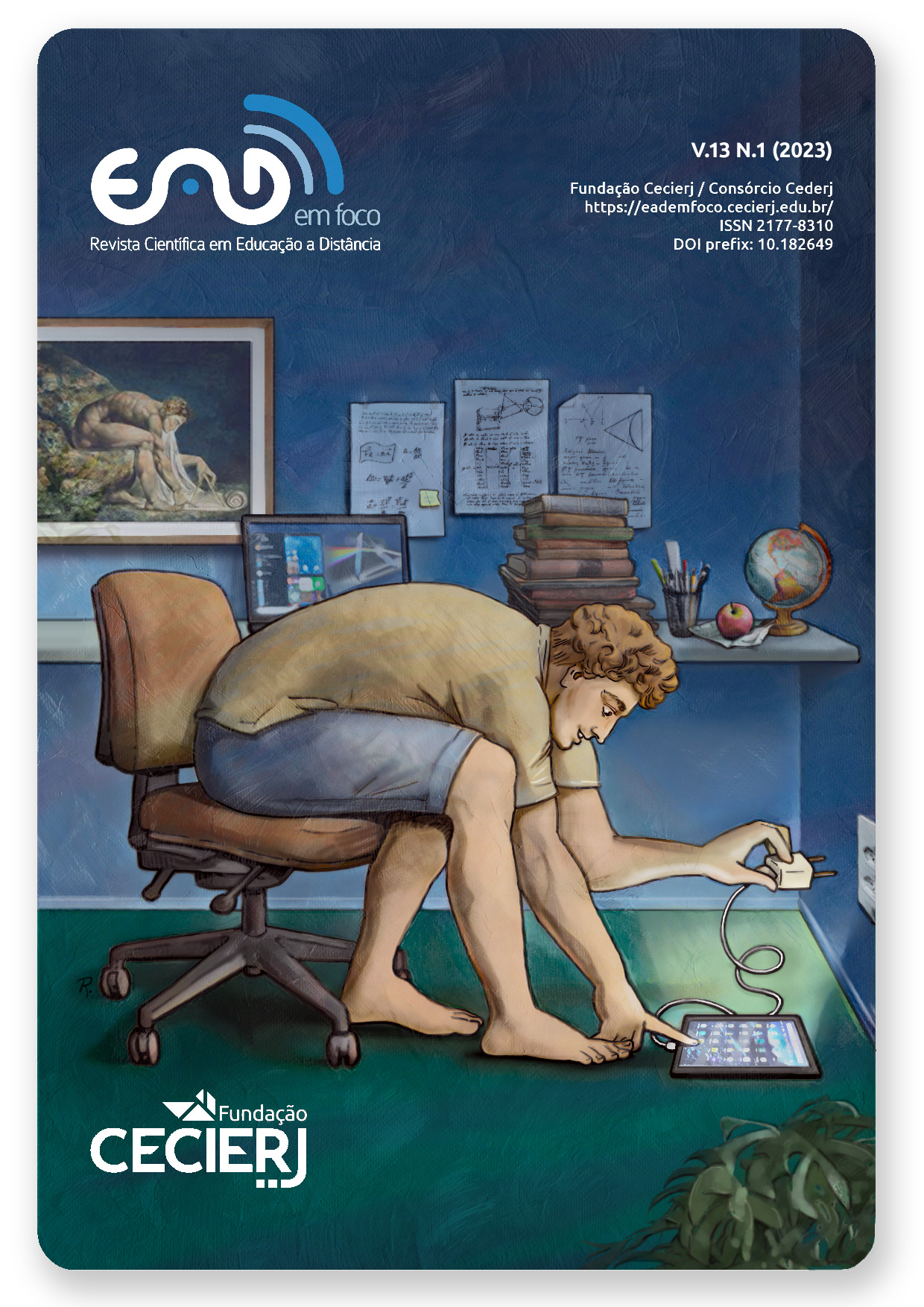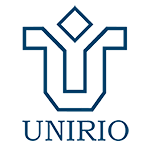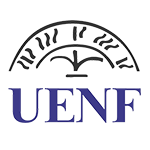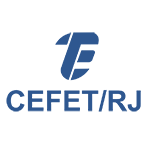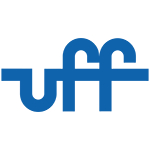Notáveis Possible Contributions of the Photomath Application to Error Analysis in the Study on Notable Products
DOI:
https://doi.org/10.18264/eadf.v13i1.2009Keywords:
Photomath app, Mathematics teaching, Notable products, Error analysisAbstract
This study emerged from the dialogue with students on the content of notable products, when the Photomath App was pointed out as a resource to solve mathematical activities proposed by teachers in emergency remote teaching. In view of this, the present teaching experience report aims to investigate the possible contributions of the Photomath App to the analysis of errors in solving mathematical problems by students of the 9th grade of Elementary School. The data presented here have as subjects 21 students of the 9th year of a state public school in a municipality in the metropolitan region of Curitiba and follows, as a methodology, the qualitative approach. Therefore, the study was developed in four Mathematics classes, separated into five moments that involved from filling out the initial questionnaire to the analysis of the error committed in solving problems with registration in a final report, using the Photomath App as a tool. The initial conclusions showed that in emergency remote teaching, the need for access to digital resources arose in the search to remedy learning difficulties of some content, reverberating in the return to school the use of these. The Photomath App emerges as an ally to the analysis of errors in problem solving in order to become a means for mathematical learning mediated by a technology.
Keywords: Photomath app. Error analysis. Notable products. Mathematics teaching.
Downloads
References
ANASTASIOU, L. G. C.; ALVES, L. P. Processos de ensinagem na Universidade: pressupostos para as estratégias de trabalho em aula. Joinville: Univille, 2004.
AVIZ, W. M. de A.; VASCONCELOS, A. E. R.; LOZADA, C. O. O uso dos aplicativos Photomath e Toon Math no ensino de matemática. Boletim Cearense de Educação e História da Matemática, Fortaleza, v. 8, n. 23, p. 721–737, 2021.
BORBA, M. C.; ARAÚJO, J. L. (Org.) Pesquisa Qualitativa em Educação Matemática. Belo Horizonte: Autêntica, 2004.
BORBA, M. C.; SCUCUGLIA, R. S. R; GADANIDIS, G. Fases das tecnologias digitais em Educação Matemática: Internet e sala de aula em movimento. Coleção Tendências em Educação Matemática. Belo Horizonte: Autêntica, 2014.
BRASIL. Base Nacional Comum Curricular. Brasília: Ministério da Educação, 2018.
CURY, H. N. Análise de erros: o que podemos aprender com as respostas dos alunos. Belo Horizonte: Autêntica, 2013.
DIAS, A. L. B.; COELHO, J. C. B. G.; MYNATT, G. "Professora, a gente pode usar o Photomath?" O lugar dos aplicativos nas aulas de Matemática. Pesquisas e Práticas Educativas, v. 1, p. 1-17, 2020.
GONÇALVES, A. M.; KANAANE, R. A prática docente e as tecnologias digitais. Revista Eletrônica Pesquiseduca. Santos, v.13, n. 29, p.256-265, jan.-abr 2021.
JACINTO, H. Gostar de matemática, é caso raro? Educação e Matemática, Brasília, n. 161, p. 1-1, 2021.
KALINKE, M. A. Em busca de compreensões, possibilidades e definições. In: MOTTA, M. S.; KALINKE, M.A. (Orgs). Inovações e Tecnologias Digitais na Educação: uma busca por definições e compreensões. Campo Grande, MS: Life Editora, 2021.
KLIEMANN, G. L.; DULLIUS, M. M. Análise de erros na resolução de problemas matemáticos. Amazônia: Revista de Educação em Ciências e Matemáticas, Amazônia, v. 13, n. 28, p. 166-180, 2017.
LEAL DA CONCEIÇÃO, D. et al. O uso do aplicativo Photomath como um recurso pedagógico na aprendizagem de matemática. Revista Actas del CUREM, [S. l.], v. 2, 2015.
RIBAS, E. VIALI; L. LAHM, R. Educação com Tecnologias Digitais: questões didáticas que contribuem para aprendizagem. SIED: EnPED-Simpósio Internacional de Educação a Distância e Encontro de Pesquisadores em Educação a Distância, 2016
ROCHA, A. K. de O.; PRADO, M. E. B. B.; VALENTE, J. A. A linguagem de programação Scratch na formação do professor: uma abordagem baseada no TPACK. Revista Sergipana de Matemática e Educação Matemática, Segipe, v. 5, n. 2, p. 19-36, 2020.
SANTOS, J.; SANTOS, R. O uso do celular como ferramenta de aprendizagem. Revista Brasileira de Educação e Saúde, Patos, v.4, n. 4. p. 1-6, jan. 2015.
SCHLEMMER, E.; MOREIRA, J. A. M. Ampliando conceitos para o paradigma de educação digital OnLIFE. Interações, Belo Horizonte, v. 16, n. 55, p. 103-122, 2020.
SILVA, K.K.A; BHEAR, P. A. Competências digitais na Educação a Distância: perspectiva para a pós-pandemia. In: MATTAR, E. (Org). Educação à distância pós-pandemia: uma visão do futuro. São Paulo: Artesanato Educacional, 2022.
SPINILLO, A. G.; PACHECO, A. B.; GOMES, J. F.; CAVALCANTI, L. O erro no processo de ensino-aprendizagem da Matemática: Errar é preciso? Boletim Gepem (Online), Campinas SP, n. 64 – jan./jun. 2014.
UNESCO. Diretrizes de políticas para a aprendizagem móvel. 2017.
VALÊNCIA, A. F. Tecnología y educación matemática en tiempos de pandemia. Olhar de professor, v. 23, p. 1-4, 2020.
VAZ, R. F. N.; NASSER, L. Um Estudo sobre o Feedback Formativo na Avaliação em Matemática e sua Conexão com a Atribuição de Notas. Bolema: Boletim de Educação Matemática, Marília, v. 35, n. 69, pp. 3-21, 2021.
Downloads
Published
How to Cite
Issue
Section
License
Copyright (c) 2023 EaD em Foco

This work is licensed under a Creative Commons Attribution 4.0 International License.
All articles published in Revista EaD em Foco receive the license
Creative Commons - Atribuição 4.0 Internacional (CC BY 4.0).
All subsequent publications, complete or partial, must be made with the acknowledgment, in citations, of the Revista EaD em Foco as the original editor of the article.

